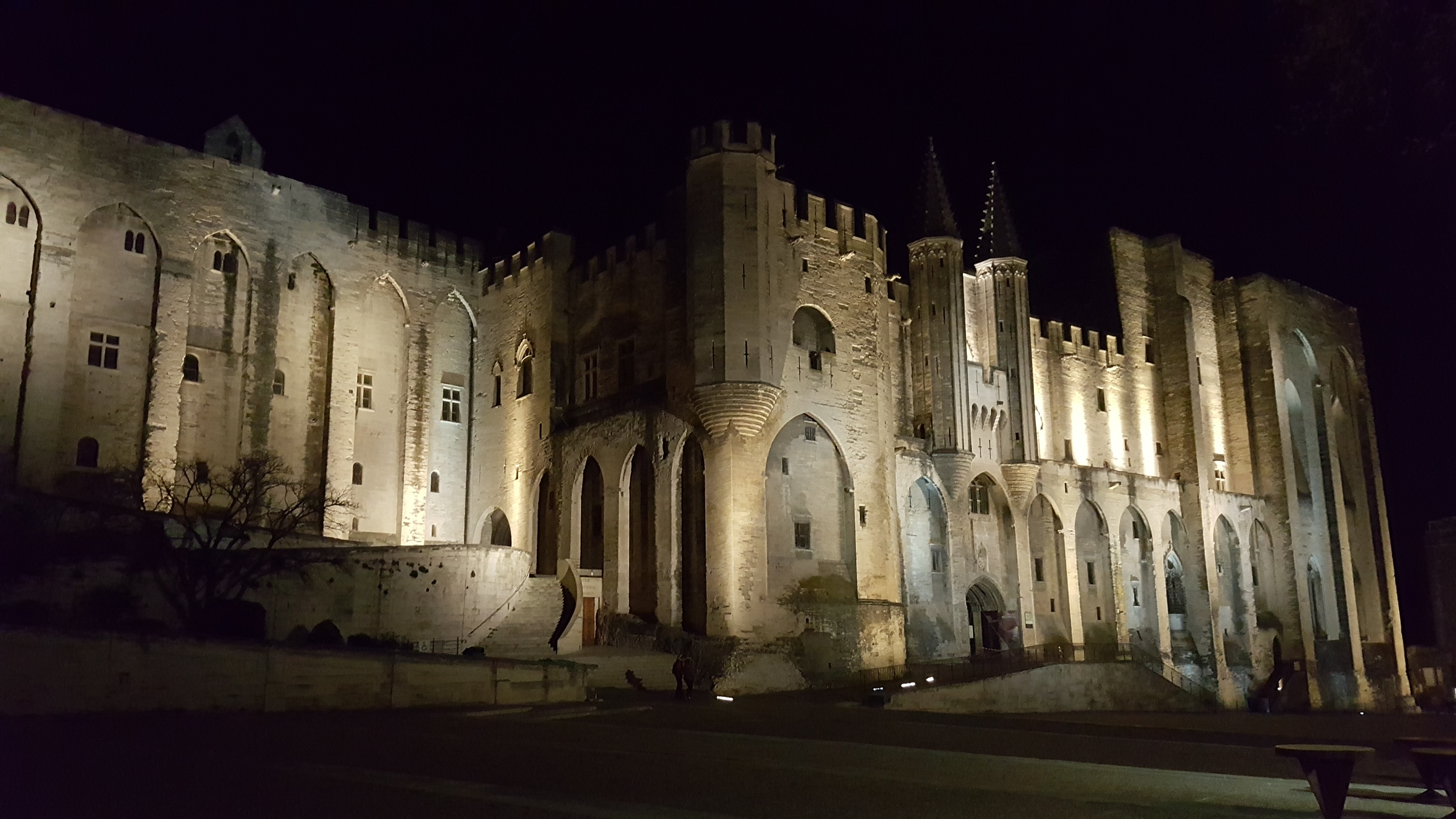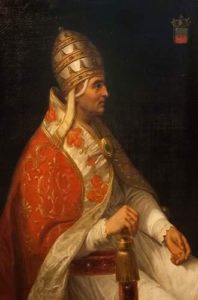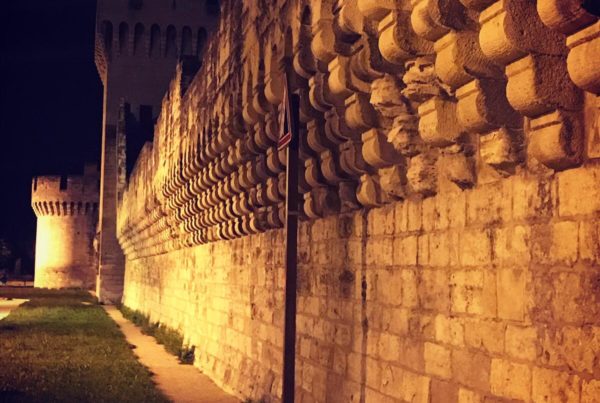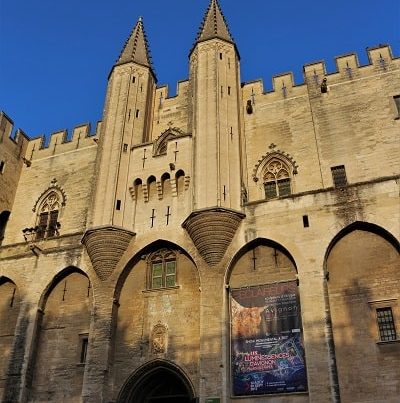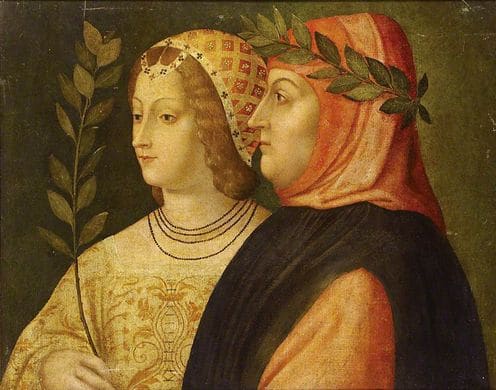The term Popes builders of Avignon generally designates Popes Benedict XVI and Clement VI. In this article, I invite you to discover the emblematic buildings that every pope of Avignon has built in the city or region.
Clement V, the first pope of Avignon The first of the 9 popes builders of Avignon:
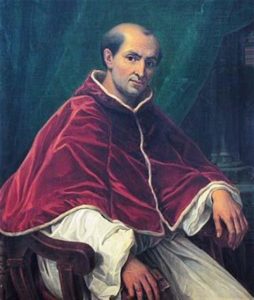
During the night owls, I introduce the history of Avignon and I’m always a little naughty with Clément V. Indeed, I always say that his only glory was to come to die in Avignon. He died at Roquemaure Castle a few kilometers from Avignon. He spent her pontificate building castles in the Gironde and left no architectural trace in Avignon and its region.
John XXII: the pope builder outside of Avignon
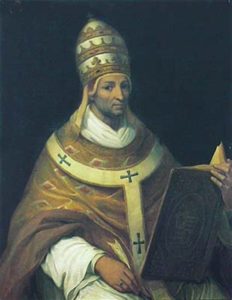
It is to John XXII that we owe the prolonged effect of the Popes at Avignon. Although he had no idea of making the city the new Rome. Indeed, the choice of John XXII to install his pontificate in Avignon responded rather to a practical side. Before being pope, Jacques Duèze, his real name, was the archbishop of Avignon. His decision to stay in the city is therefore pushing through his knowledge of this one and his lords.
Throughout his life, he was the builder of emblematic monuments but enriched only very little side of Avignon.
Construction in Avignon:
Saint Agricol Collegiate Church:
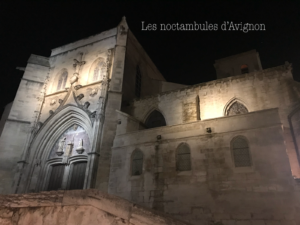
Saint Agricol Church
On the site of the current church was a small wooden chapel. When John XXII became Pope, he decided to pay tribute to Saint Agricol (bishop of Avignon from 660 to 700). In 1321, he enlarged the church and transformed it into a collegiate church.
The Cathedral of Notre Dame des Doms:
Again, John XXII made minor changes to the cathedral. Thanks to the enlargement that he ordered, this one was able to accomodate the tomb of Jean XXII as well as of Benoit XII.
Construction in the Vaucluse:
It is well outside the walls of Avignon that John XXII has the most built. He had built two palaces.
The Palace of the Popes of Sorgues:
Although this building is largely destroyed, we can see some ruins. It is especially this palace which inspired the architects in the construction of liveries cardinalices of Avignon. In 1317, John XXII decided to restore the old castrum (fortified place). It is a real pleasure fortress that he built. He dedicated a large part of the pontifical resources of his first 8 years of reign.
Castle Chateauneuf du Pape:
This is the major masterpiece of John XXII. The construction of the castle but especially the establishment of vines allowed this small town to have an international reputation. As for the palace of the Popes of Sorgues, it is in 1317 that Jean XXII decided the construction of this castle. The construction of the ramparts makes it possible to say that it was for defensive reasons. He planted vines around the village. This wine became one of the most famous wines in the world.
Benedict XII: first of the popes builders of Avignon
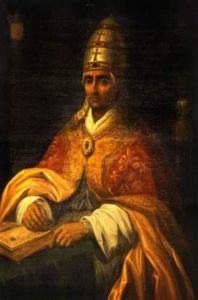
The first great pope builder Benedict XII remained in the story for his greatest achievement, the old palace. This part of the Palace of the Popes was the starting point of an extended installation in Avignon and especially a reform of the church. Unlike his predecessor, his election was very fast (19 days).
He made the promise to the envoys of Rome who arrived at Avignon on July 6, 1335, to return to the eternal city. Several elements compelled him to stay in Avignon and build the old palace.
The old palace of the Palais des Papes:
It is not the desire to install the papacy in Avignon that drove Benedict XII to construct the old palace. Indeed, it is the conflict between the church and the emperor Louis of Bavaria. Avignon being a city belonging to the Holy Germanic Empire, the pope was in a delicate position. He therefore decided to modify the episcopal palace which was on the rock of doms.
From 1335, he had the tower of the Angels and the northern pontifical chapel redeveloped. in 1337, the pontifical apartments, the great garlic and the wing of the south were built. Benedict XII never really enjoyed his entire palace because he died in 1342 at the same time as the end of the work.
Clement VI: the greatest of Avignon’s popes builders
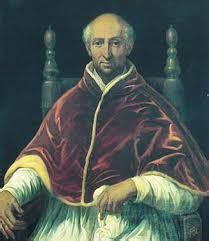
It is to Clement VI that we owe the form of the palace of the Popes we know it today. It has made it the largest gothic palace in the world. His tastes for the ostentation, he forged during his ecclesiastical career with the King of France, was nicknamed Clement VI the magnificent.
The new palace:
From the beginning of his pontifical, Clement VI made modifications in the palace of Benedict XII. It was in 1347 that he began work on the new palace. This work was accomplished in 1351.
If Benedict XII built the old palace in a spirit of defence, Clement VI wanted a real palace. For this, he brought the greatest artists of his time to realise the interior paintings. The most beautiful are without hesitation, the paintings of Matteo Giovanetti in the chapel Saint Martial.
From the Pope’s palace to ruins in the church, Clement VI bought the city from Joan of Naples in 1348. The city was remained in possession of the pope until 1791 when it became French.
Innocent VI: return to sobriety
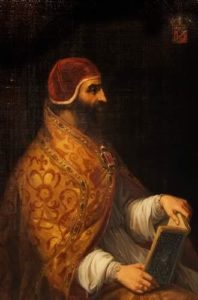
After the annals of Clement VI and the polemics they dragged, The conclave of 1352 decides to vote for an austere pope. Innocent VI took over a papacy with empty crates. He built some important elements in Avignon and in the region.
Construction in Avignon:
The palace of the Popes:
In 1352, he commissioned Matteo Giovanetti the frescoes of the Prophets in the Great Hall of the Audience. A year later, he reinforced the wing with the construction of the Saint Laurent tower and the elevation of the Gache tower.
The ramparts of Avignon
During the Hundred Years war, many companies of mercenaries sent by the English, were present in the kingdom of France. They pillaged cities to destabilise the king. They attracted by the wealth of Avignon. To avoid looting, Innocent VI decided to build the ramparts in 1355. They allowed to protect the new districts of the city which had been created since the foundation of the Popes. Although they suffered a lot, the ramparts of Avignon are still standing 664 years later.
Construction in Villeneuve lez Avignon:
Chartreuse Our Lady of the Valley of Blessing: last great work of the popes builders:
Very attached to the order of the Carthusians, Innocent VI decided on January 26, 1353 the creation of a house in Villeneuve lez Avignon. It took 4 years to acquire the land where the new charterhouse was located. The buildings are in the image of the Carthusian order, austere and simple. The Charterhouse is classified as a historical monument and its visit helps to understand some things about the time of the Popes. Innocent VI loved this chartreuse so much that he built a chapel in house as his tomb.
Urban V: the end of Avignon’s popes builders
With Urbain V came the end of the constructions of the popes of Avignon. After him, Gregory XI spent his time between settling conflicts and organizing his return to Rome. Then two anti-Popes came, Clement VII and Benoit XIII. They too was caught in the whirlwinds of history and they never had time to leave a heritage to posterity.
In Avignon
Urban V Orchard :
Urban V grew up in the Cevennes mountains. This childhood was giving him the taste for nature. He arrived in Avignon to become pope, he declared but he said: “But I do not even have a piece of garden to see grow some fruit trees, eat my salad and pick a grape”. His first project was the construction of large gardens at the foot of the Palais des Papes. He spent a lot of money on these gardens.
Roma:
This long gallery on one floor perpendicular to the tower of the Angels with the end of the room of the mirande. It is still Matteo Giovanetti who decorated it. This extension was destroyed in 1837 by military engineers.
In Châteauneuf du Pape:
He gave impetus to the vineyards of Châteauneuf du Pape by introducing the culture of Muscat.
Other achievements:
Urban V was a man of study who cared about giving meaning to the lives of his students and monks. He financed many university colleges, including that of Orange. He also renovated the south wall of Maulaucene.
With Urban V ends the lineage of the popes builders of Avignon. Nowadays, we can see their realisation of the most grandiose as the Palace of the Popes at the most tasty like the vineyard of Chateauneuf du Pape.
If you want to discover some of the achievements of the Popes, I advise you to go with the night owl of Pope.
For more information:please send us a message at info@lesnoctambulesdavignon.com


